We arrived. To the immense, the dramatic, the spectacular Patagonia. Actually, we had arrived a while ago. The Chilean Patagonia begins in Puerto Montt but Benjamin forgot to mention this tiny detail so I have the fortune to talk about it. I might need to apologize: it will be a short entry. Words just don’t do justice to how beautiful this land is.
No, it is not perfect. It is in fact quite vulnerable, more and more as more people move here and visit. While we were on the road we read about the red tide that killed thousands of fish and other species in Chiloé… and that some argue wasn’t because of a red tide but because of poison from the salmon fisheries. We have seen the results of decades of over-logging and sheep ranching. It is still an incredible place.
If the entrance to Coyhaique was worthy of a postcard, the exit toward Villa Cerro Castillo was amazing: fall is here, my friend, autumn. The mountains received a little bit of snow two or three nights before we were there and the trees were an explosion of color that we don’t see in Seattle. And the smell, oh the sweet smell of decaying leaves and fresh cool air, so different from the smells of summer, so melancholic.
From there on, the Carretera Austral is under construction, closed from 1 to 6 p.m. every day. They’re widening it. It will have two unnecessary lanes. Big changes are coming to the south, said a Chilean in Chaitén.
The General Carrera Lake, the second largest in South America after Titicaca, greeted us with its intense blue and the reflection of huge peaks covered with snow. The weather wasn’t for boating so we kept on going toward Parque Patagonia, on a road that follows the creamy blue, wild and free, undamed (yeah!) Baker River. Everywhere we looked was a photo op.
Going to Parque Patagonia was one of Nate’s dreams in this trip. Patagonia Park is a conservation effort of the Tompkins, former owners and CEOs of Patagonia, The North Face and Esprit. They bought an immense piece of Andean steppe to donate it back to the Chilean government once it’s been converted to a national park. It’s in the process of becoming one.
We stayed at the Casa de Piedra campground. For the first time we woke up to ice on the windshield. We hiked through the steppe to the Aviles canyon and the foothills of mountains. Nate just so briefly explored the Chacabuco River on his packraft. The park is incredible. That landscape! And the silence!
With the sun shining, we returned to Puerto Tranquilo to visit the Marble Caves with Helen and Kirsten, two travellers who have been en route for 13 years. So glad we waited! We found a serene lake, very different than it normally is. Its name in Tehuelche is Chelenko: turbulent waters. Our guide showed us the many shapes that rocks take: the elephant drinking out of the water, the ghost, Godzilla.
From there we decided to take a short detour of 325 miles for a date we had. We read that penguins leave on April 30. We were cutting it close. We got to Puerto Deseado, in Argentina, and right there on the beach we saw them: one lone penguin, three or four standing by some rocks, and about eight more dead. Yes, we were late.
The next day we headed to the Cabo Blanco natural reserve, and to our surprise my friends with messy eyebrows were waiting for us! We saw more than a hundred cute little rockhopper penguins hanging out in groups, facing the sun. I climbed on rocks to find them, and sat right next to them, but not too close. They don’t move much. Sometimes they shudder then go back to their state of stillness. It was a National Geographic kind of a day: we saw an armadillo being chased by a dog (it escaped), many types of birds, guanacos, choiques (rheas), and Nate and Amelia saw dolphins! Seeing penguins was one of my dreams in this trip. Checked.
With temperatures continuing to go down, we had thought about visiting two or three more places in northern Patagonia and heading to the center of Argentina. But Cosmo, with its constant need to have new bearings, changed our plans again and made us go to the place that in part inspired this trip but that we thought we wouldn’t visit. And there we were, at the end of the world, at the most austral city in the Americas, in beautiful Punta Arenas. Ushuaia wasn’t in the original plans anyway, the cold weather took it completely out of the route and the comments from other travellers -“it’s too far for not much”, “it’s a bloody ugly town”- confirmed that Punta Arenas was going to be our final point in the south.
Punta Arenas surprised us with its 19th century mansions next to metal houses; its manicured plaza; the cemetery that tells the story of past immigrants; and its nice taxi drivers who tell the more recent story of more immigration, one that apparently includes lots of Colombians.
To celebrate this significant episode in the Fantastical Adventures of the Tangletown4 (nine months on the road, 22,000 miles driven), we had dinner at La Marmita and shared a memory from each of the countries we had visited. Later we drove to the end of the road, picked rocks and shells, and dipped our toes in the Magellan Strait. It was magical. And the best part: the journey continues!

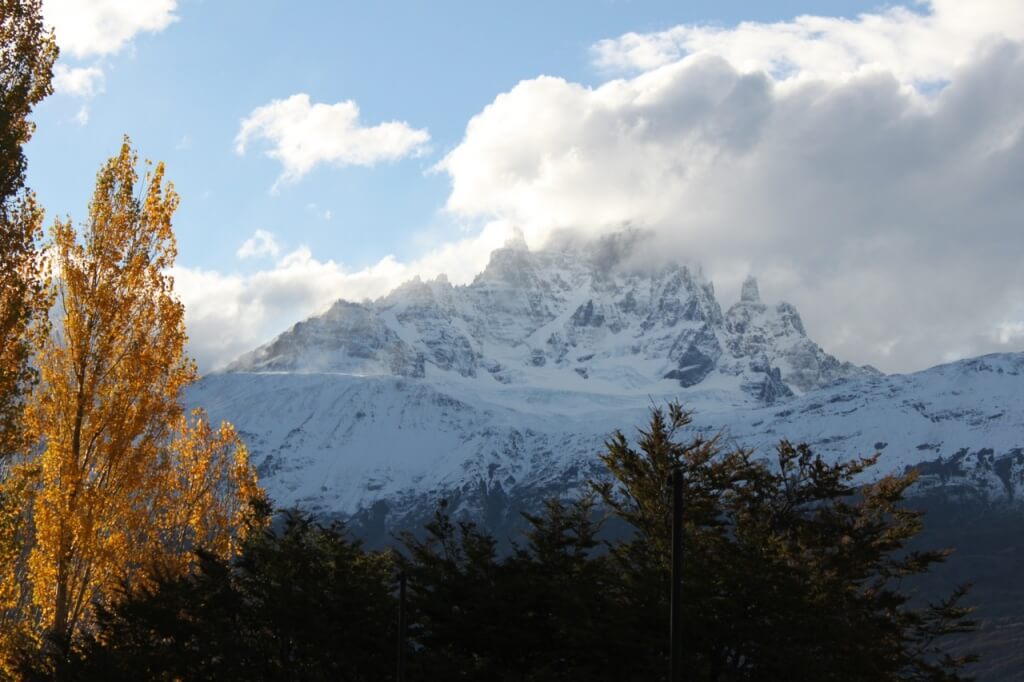
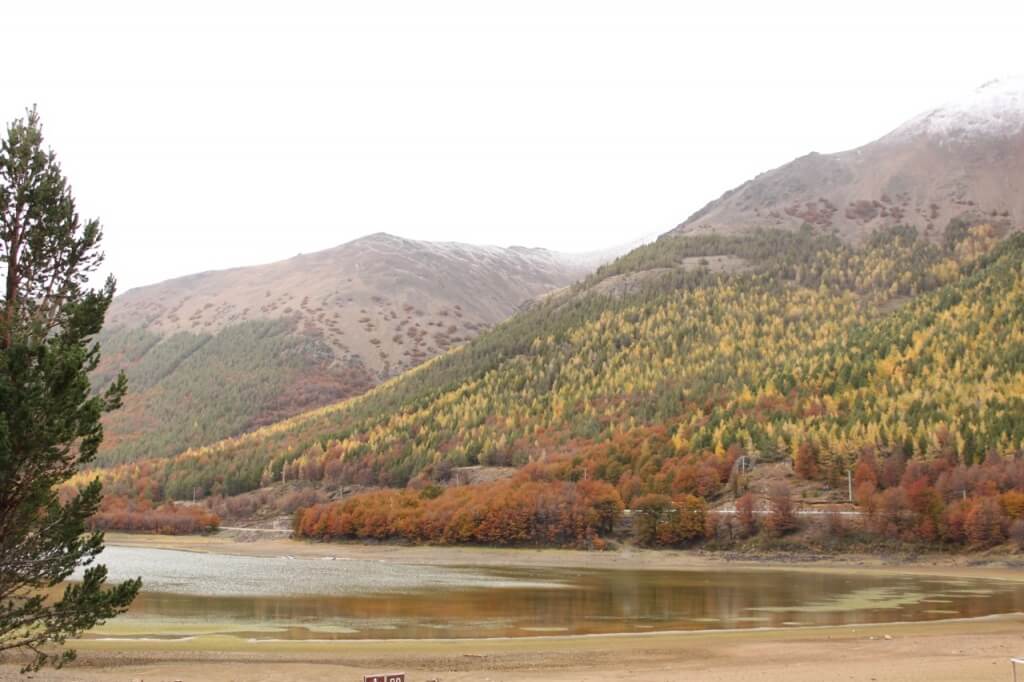
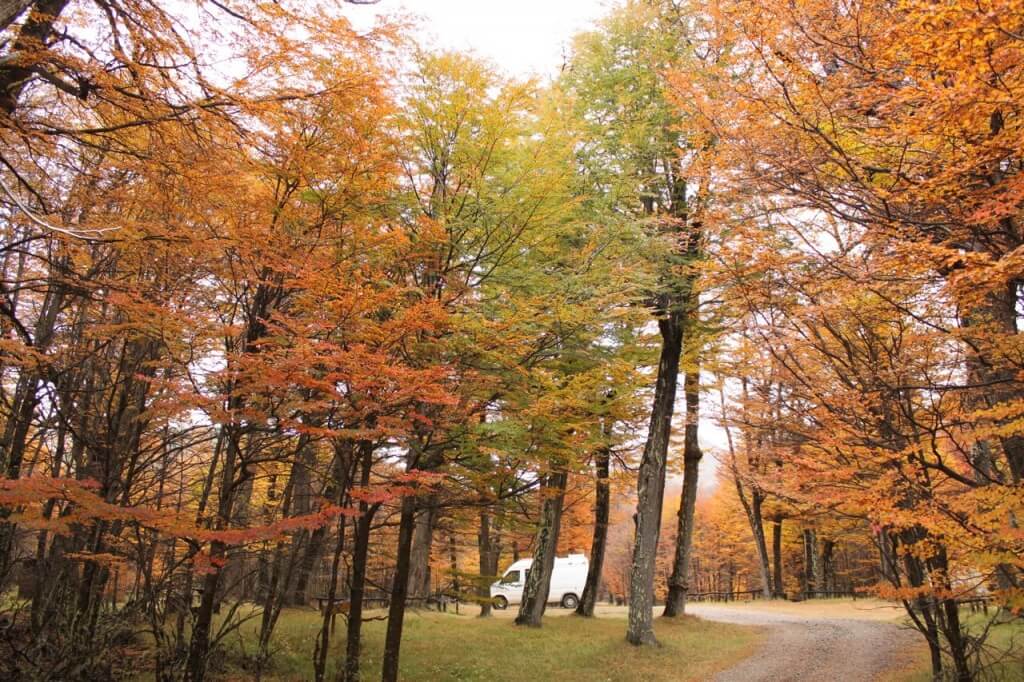
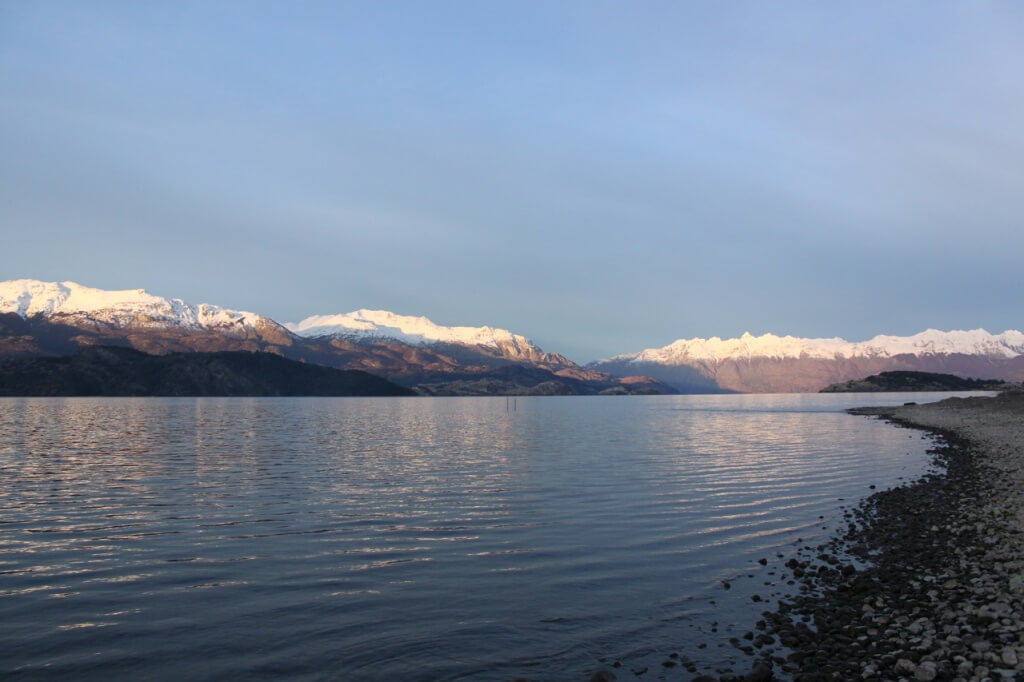
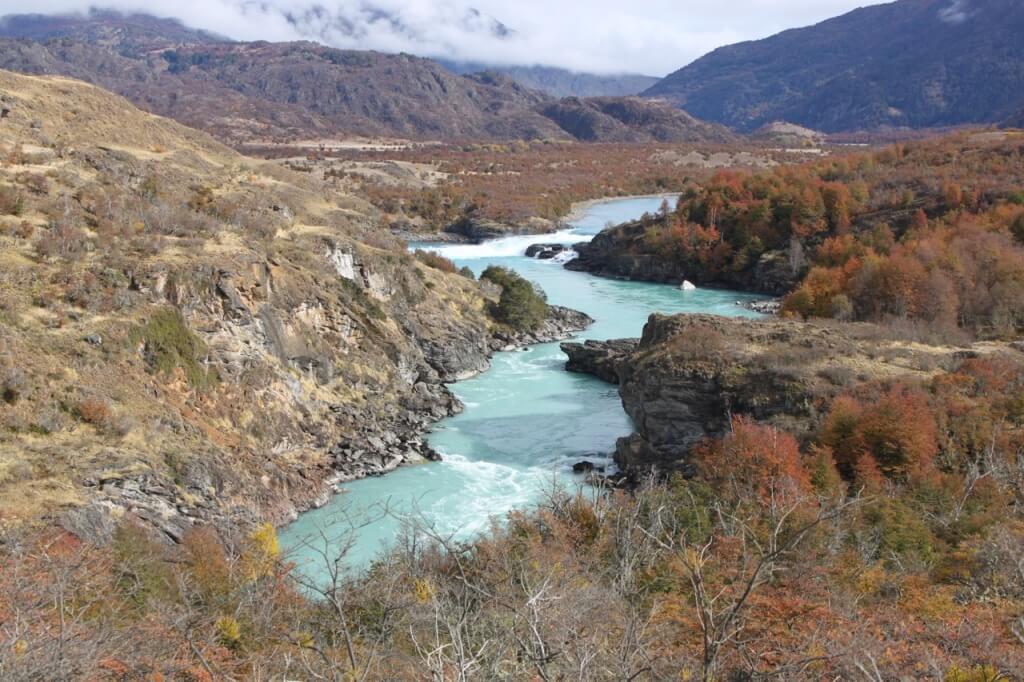

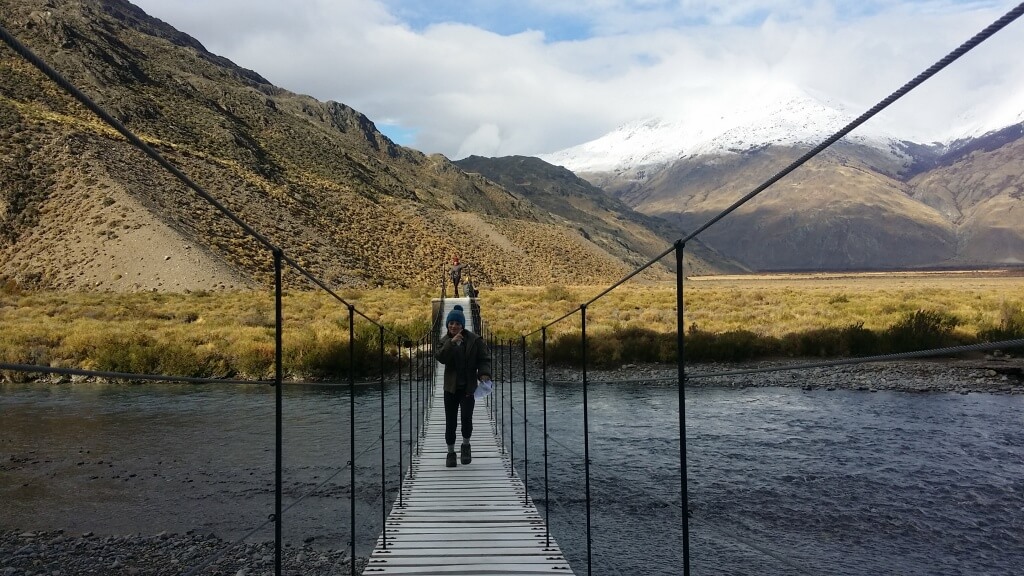
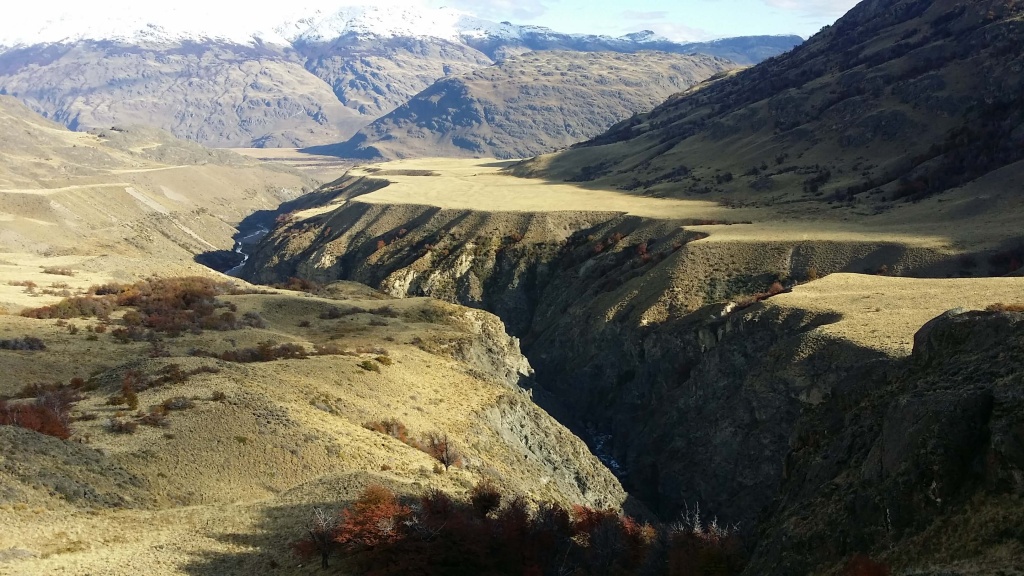
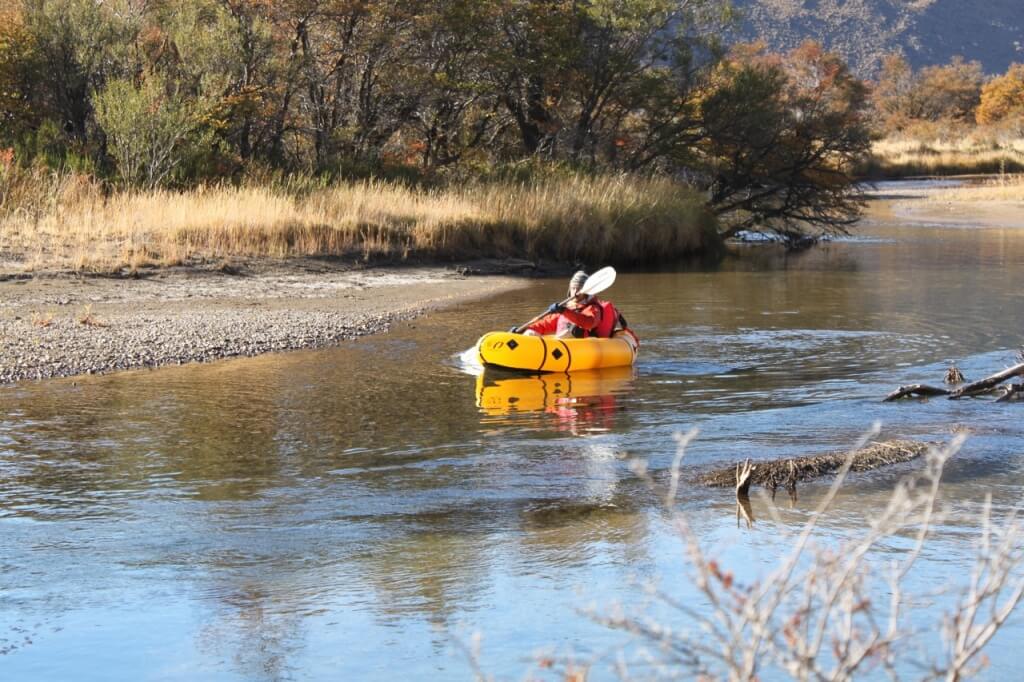
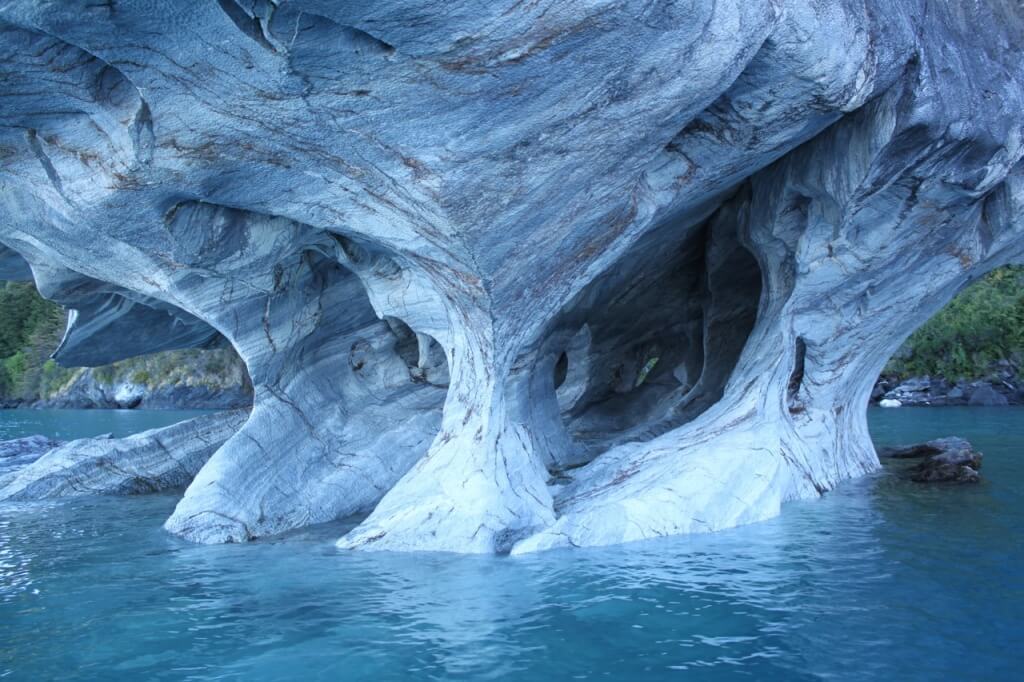
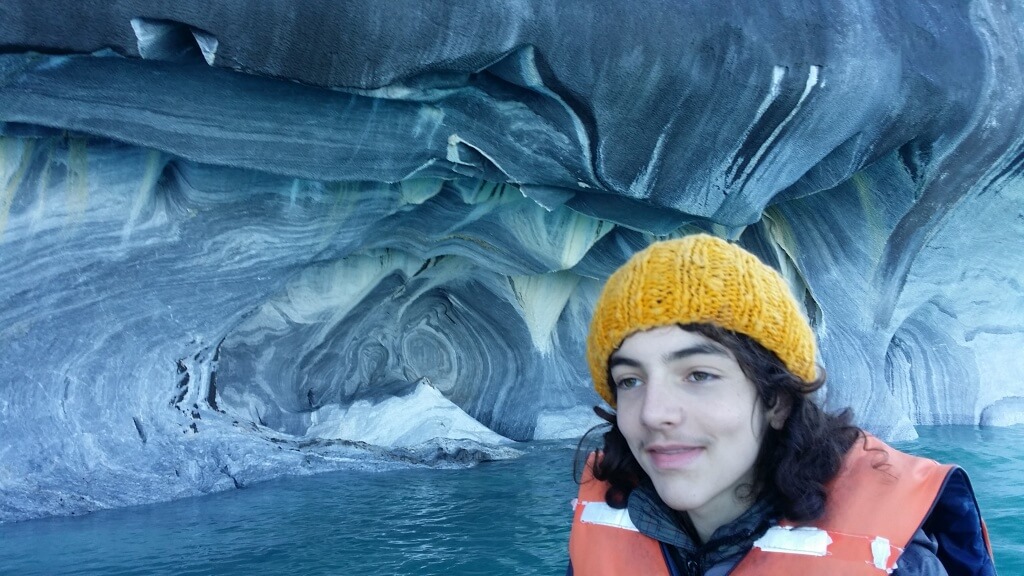
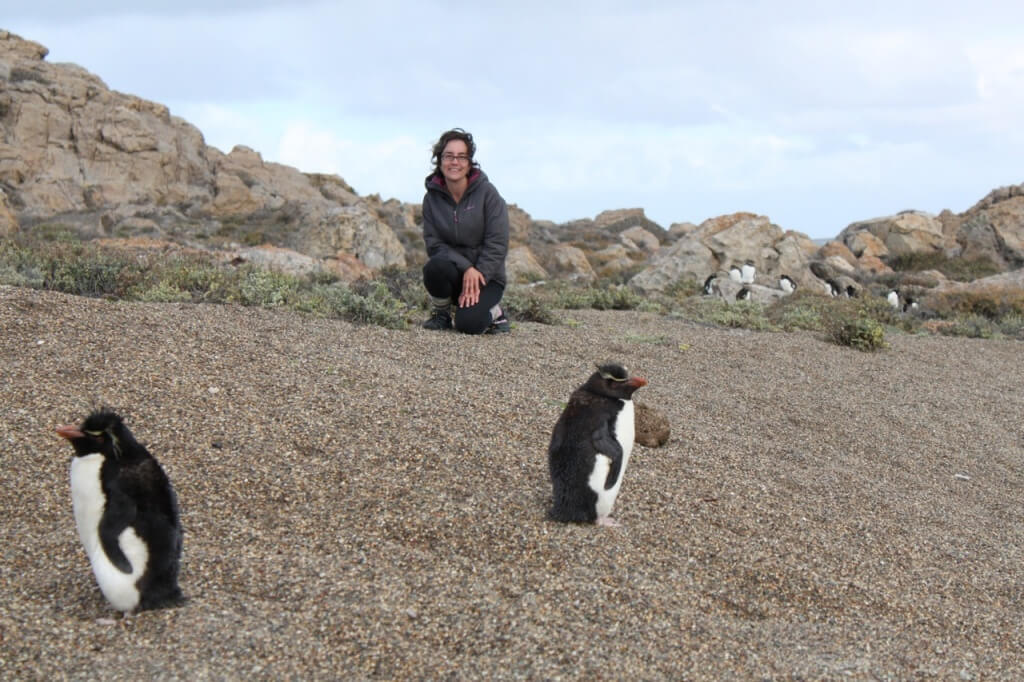
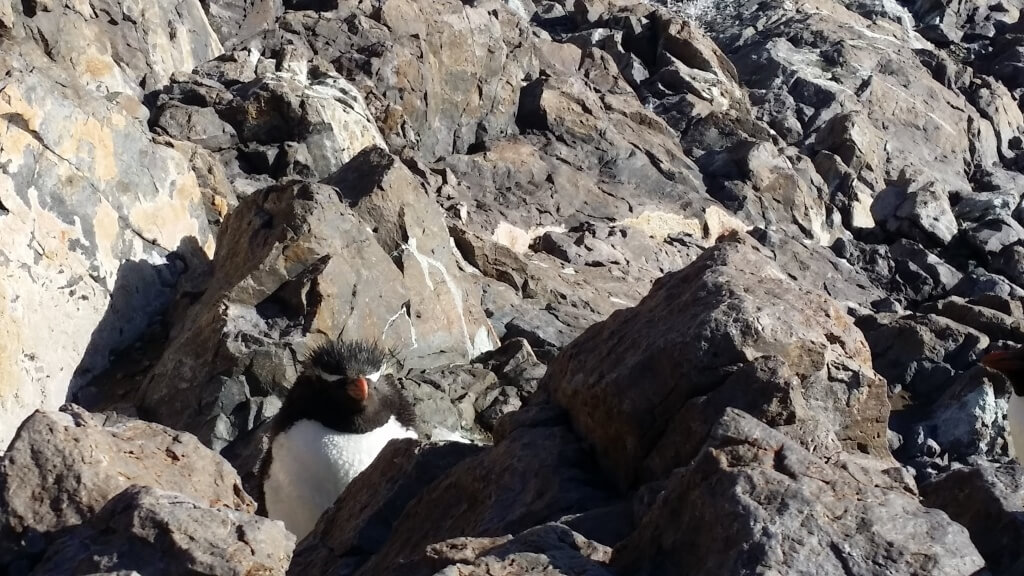
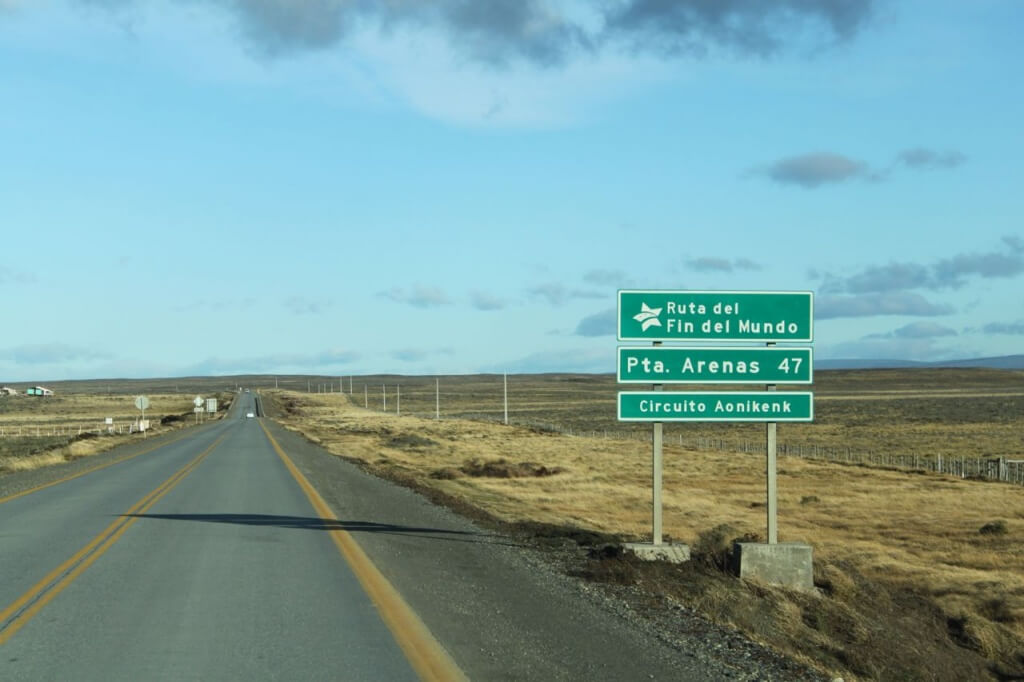
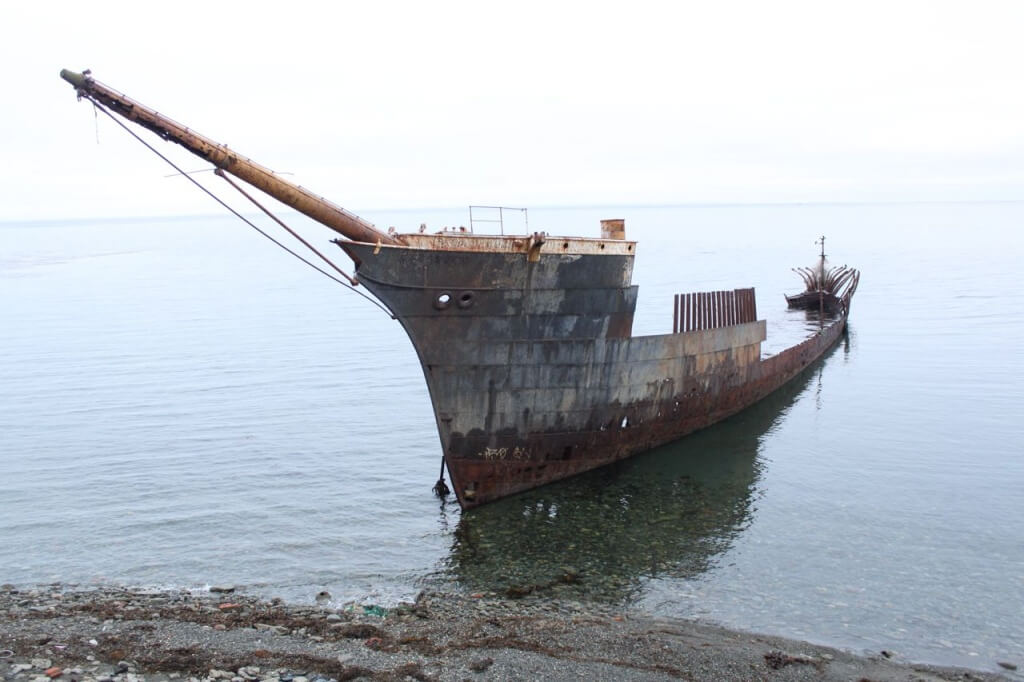
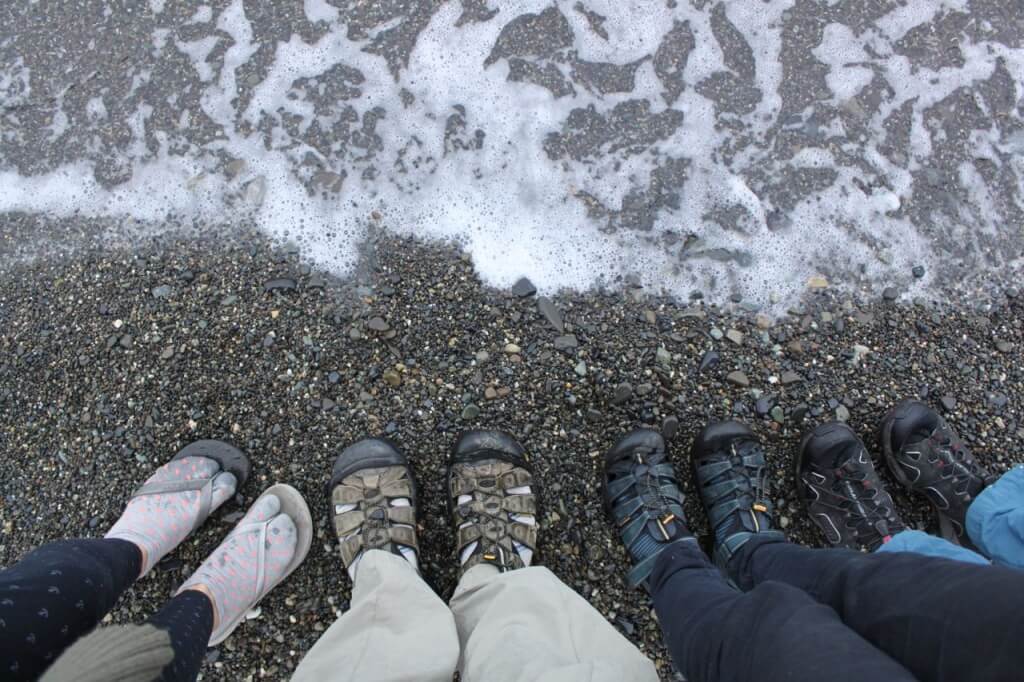
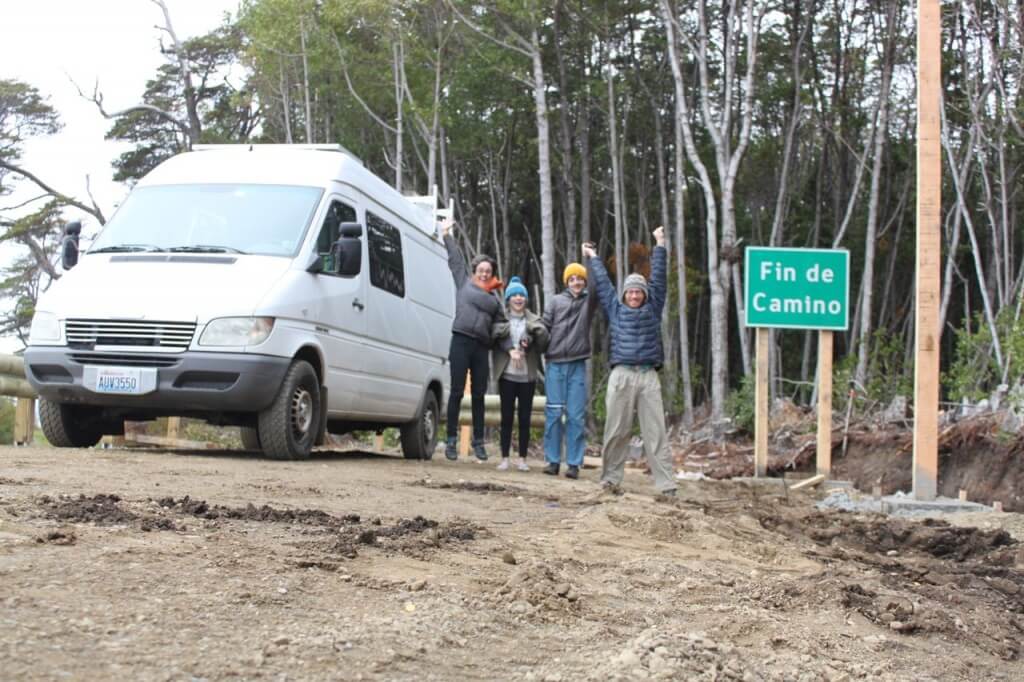




Beautiful, Victoria! Actually, beautiful Victoria, too!!!!
May the hum of your differential
and the sun in your eyes,
The squeak of old Cosmo
As northward he flies
bring you home safely
to loved ones and friends
Knowing that all good things
come to and end
Only to begin another chapter,
Again
Wow! What a trip!!!! I actually have to go back and catch up on quite a bit, but congratulations, tangletown 4!!!!!! What a goldmine of pictures and blogs and memories!!! Surely, one of you will have to put this entire adventure into a book!!! Whenever I get up to the PNW, look forward to seeing you !!!
Hey Guys, What a long, beautiful trip it’s been! Sorry I haven’t chimed in sooner, but Kathi’s been keeping me updated. Hope you all are well, warm and dry, and look forward to seeing you, and hearing your stories when you get back! Take care. : )